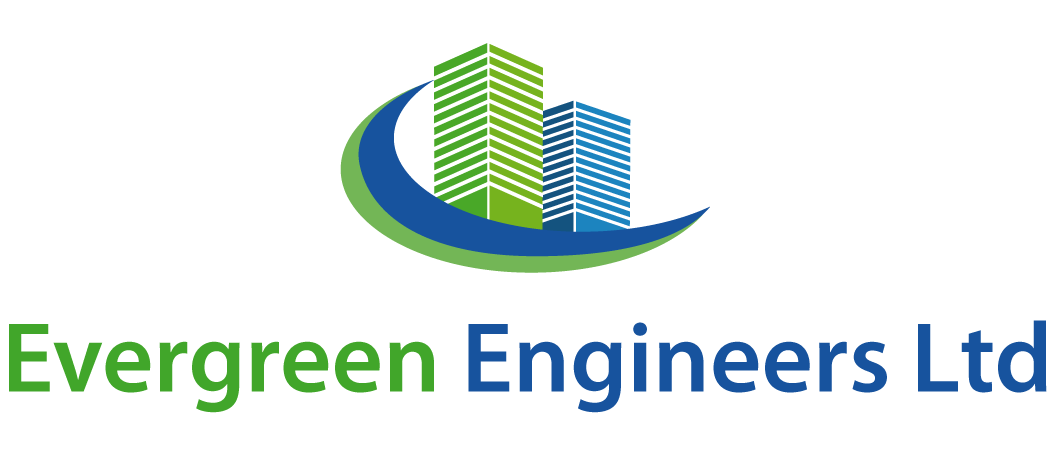A property inspection report, commonly known as a homebuyer’s report or a building survey, is a crucial step in the process of buying a property in the UK. It provides detailed information about the condition of a property, highlighting any issues or potential problems that may affect its value or require attention. The cost of...
Author: admin
Top Tips for a Successful Property Inspection Report in Support of Your UK Visa
Obtaining a successful Property Inspection Report is crucial when applying for a UK visa, as it plays a pivotal role in demonstrating your suitability for the visa and your ability to meet the accommodation requirements set by the UK Home Office. In this article, we will explore the top tips for ensuring a successful Property...
How Long Is a Property Inspection Report Valid For?
A property inspection report plays a crucial role in the real estate industry, serving as a comprehensive assessment of a property’s condition. Buyers, sellers, and even lenders rely on these reports to make informed decisions. However, a common question that arises is, “How long is a property inspection report valid for?” In this comprehensive guide,...
Immigration Issues When Adopting Children from Abroad
International adoption is a complex and emotionally charged process that allows individuals or couples to provide a loving home to children from other countries. While the primary focus of adoption is on the well-being and future of the child, it also involves a significant amount of legal and immigration-related issues. This article explores the immigration...
Exemptions from the Life in the UK Test: What You Need to Know
The Life in the UK Test is a crucial step in the process of obtaining British citizenship or settlement in the United Kingdom. It assesses your knowledge of British customs, traditions, and history. However, not everyone is required to take this test. In this blog post, we will explore the reasons why some individuals may...
The Cost of UK Spouse Visa: Navigating Financial Requirements and Process
A UK Spouse Visa is a key pathway for foreign nationals who wish to join their British or settled partners in the United Kingdom. This visa allows couples to reunite and build their lives together in the UK. However, obtaining a UK Spouse Visa involves not only meeting stringent eligibility criteria but also financial requirements...
What is Immigration?
Immigration refers to the process by which individuals or groups of people move from one country or region to another with the intention of residing there for various reasons. This phenomenon has been a fundamental aspect of human history, shaping societies, cultures, and economies across the globe. Historical Context: Tracing the Roots of Immigration Throughout...
Exemptions for English Language and Life in the UK Test: Navigating Exceptions and Special Cases
The English Language and Life in the UK Test play a significant role in the immigration process for individuals seeking settlement in the United Kingdom. However, the process is not one-size-fits-all, as there are exemptions that acknowledge unique circumstances and considerations. In this article, we delve into the exemptions for the English Language and Life...
Traveling After Submitting a Visa Application: Balancing Aspirations and Pragmatism
The process of applying for a visa is a significant step in the journey toward international travel, whether for tourism, business, education, or other purposes. However, a common question that arises among visa applicants is whether they can travel while their visa application is under consideration. The answer is not straightforward and depends on various...
Smart Building Certification: Paving the Way for Sustainable and Efficient Future Buildings
As the world progresses toward more sustainable and energy-efficient practices, the concept of smart buildings has gained prominence. Smart buildings incorporate advanced technologies, automation, and data-driven systems to optimize energy consumption, enhance occupant comfort, and reduce environmental impact. The rapid adoption of smart building technologies has led to the emergence of smart building certifications, which...







